The Zapata Peninsula National Park, or Parque Nacional Península de Zapata, is a vast and diverse protected area located on the southern coast of Cuba. Encompassing over 4,000 square kilometers (1,544 square miles), the park is renowned for its unique ecosystems, abundant wildlife, and pristine landscapes. Recognized as a UNESCO Biosphere Reserve, the Zapata Peninsula offers a fascinating blend of wetlands, mangrove forests, coral reefs, and coastal ecosystems, providing a haven for numerous plant and animal species.
One of the main highlights of the park is the Ciénaga de Zapata, the largest wetland in the Caribbean, which serves as a critical habitat for a variety of endemic and migratory bird species. Birdwatchers can spot colorful species such as the Cuban trogon, Zapata wren, and the rare Zapata rail. The park is also home to other unique wildlife, including the endangered Cuban crocodile, manatees, and countless marine species inhabiting the coral reefs along the coast.
For outdoor enthusiasts, the Zapata Peninsula offers a plethora of activities, such as birdwatching, hiking, snorkeling, and scuba diving. The park’s pristine beaches, particularly Playa Girón and Playa Larga, are not only perfect for relaxation but also hold historical significance as the sites of the failed Bay of Pigs invasion in 1961.
Cuba, January 2023.
#cuba #cuba2023 #zapata
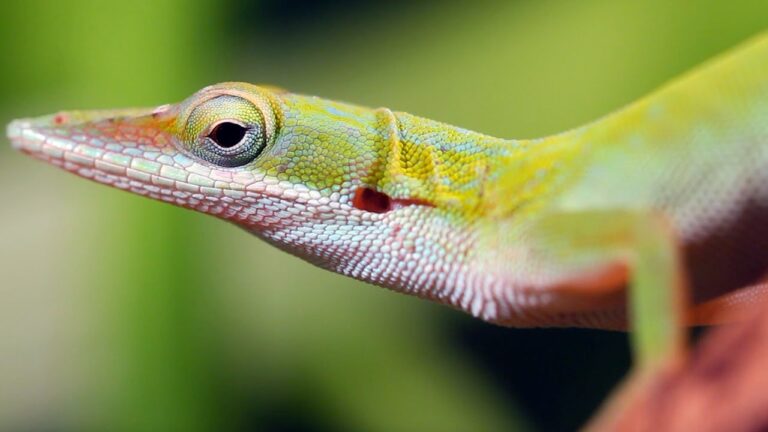
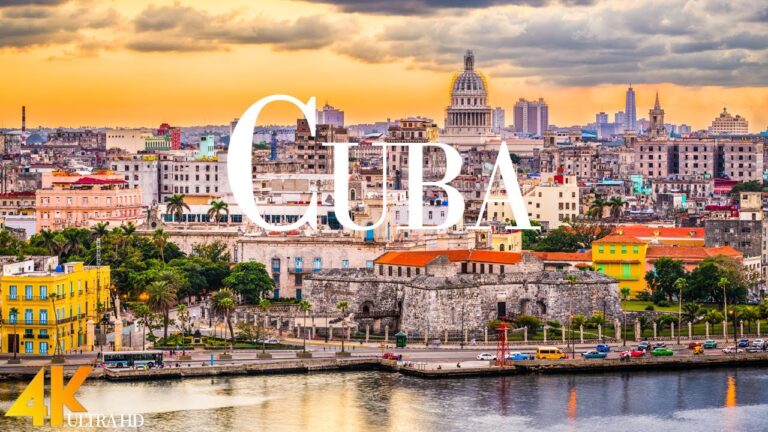
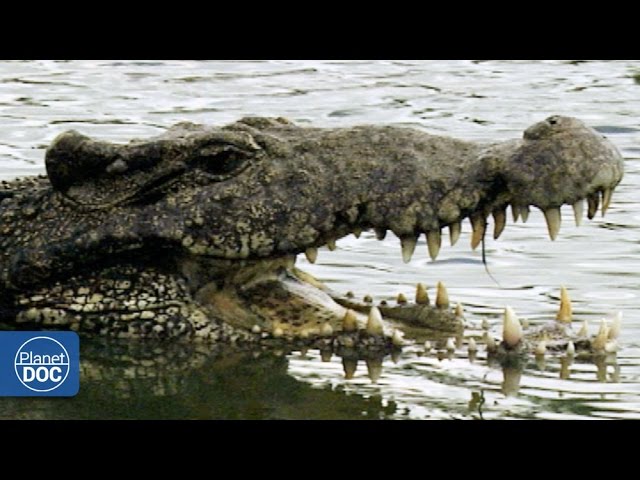



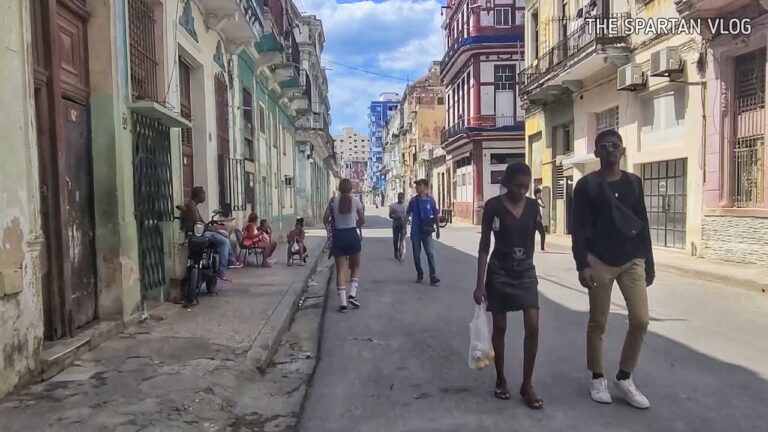
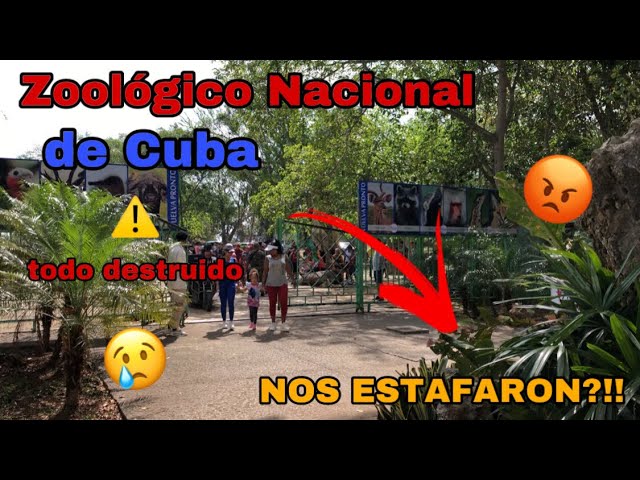

+ There are no comments
Add yours